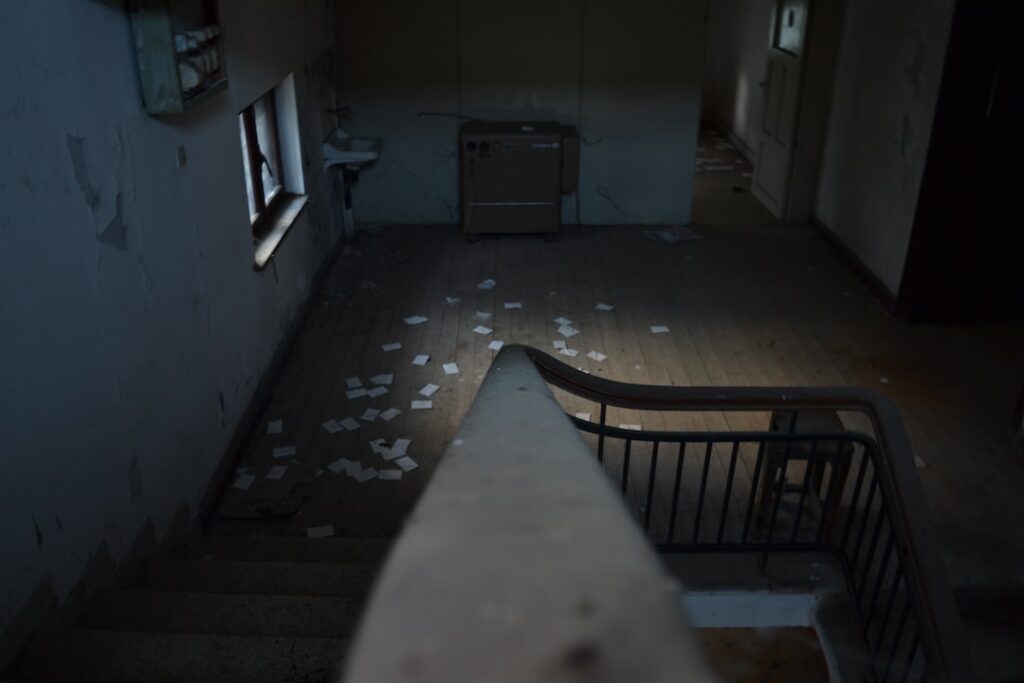1. How to Paint Plaster Walls: The Essential Guide for Beginners
Painting plaster walls can be a daunting task for beginners, but with the right preparation and tools, the process can be a breeze. Here is an essential guide on how to paint plaster walls that will help you get started.
Step 1: Preparing the Wall
Before you begin painting, you’ll need to do some preparation work. Begin by cleaning the wall with a damp cloth to remove any dirt or dust. Next, use a putty knife to scrape off any loose paint and fill in any cracks with a spackle or patching compound. Once the wall is prepped, sand it lightly with a sanding block to ensure a smooth finish.
Step 2: Priming the Wall
Before you apply the paint, you’ll need to prime the wall. Priming will help the paint adhere to the wall and prevent it from peeling. Use a roller to apply the primer in even, long strokes. Make sure to cover the entire surface, and let it dry completely before continuing.
Step 3: Applying the Paint
Now that the wall is prepped and primed, you can begin painting. Use a high-quality paint that is designed specifically for plaster walls. Dip your brush or roller into the paint and apply it in even strokes. Work in small sections and be sure to feather the edges to prevent any visible lines. Let the first coat dry completely before adding a second coat.
Step 4: Finishing Touches
Once the paint is dry, you can add the finishing touches. Inspect the walls for any blemishes or uneven patches and touch them up as needed. You may also want to add a coat of sealant to protect the paint from dirt and moisture.
2. The Step-by-Step Guide to Painting Plaster Walls with Professional Results
Painting plaster walls can be an intimidating task for many homeowners. Fortunately, with the right supplies and steps, you can achieve professional results with ease. Follow this step-by-step guide for a smooth and successful painting job.
1. Gather Your Supplies
Before you start, make sure you have the necessary supplies:
- Paint
- Paintbrushes and/or rollers
- Drop cloths
- Painter’s tape
- Sandpaper
- Primer
2. Prepare the Room
Before you start painting, you need to prep the room. Begin by removing all furniture and decorations from the walls. Then, lay down drop cloths to protect the floors and surfaces from paint splatters. Finally, use painter’s tape to tape off any areas that you don’t want to paint.
3. Sand the Walls
Once the room is prepped, you can start sanding the walls. Sanding the walls will help the paint adhere better and give a smoother finish. Use a medium-grit sandpaper and be sure to sand in the direction of the plaster.
4. Prime the Walls
Once the walls are sanded, you can apply a coat of primer. Primer helps the paint to adhere better and gives a smoother finish. Use a brush or roller to apply the primer and make sure to go in the direction of the plaster. Let the primer dry completely before applying the paint.
5. Paint the Walls
Now that the walls are prepped, you can start painting. Use a brush or roller to apply the paint in the direction of the plaster. Let the paint dry completely between coats and make sure to read the manufacturer’s instructions for drying times. Once you’re finished, let the paint dry completely before removing the painter’s tape.
3. All You Need to Know About Painting Plaster Walls for an Outstanding Finish
Painting plaster walls is a great way to give your home a fresh look and to update the décor of any room. Whether you’re just looking for a change of color, or you’re looking to completely transform the look of a room, painting plaster walls is the way to go. However, it’s important to be aware of the different steps you need to take to get the perfect finish.
Preparation is Key
The first step in painting plaster walls is to make sure you have the right preparation. Start by ensuring the walls are completely clean. Wash them with soap and water and allow them to dry before starting any painting. Any residue left on the walls can prevent the paint from sticking correctly and can ruin the overall finish. Once the walls are clean, sand them to ensure a smooth surface. This will help the paint to adhere to the walls and create an even finish.
Choose the Right Paint
When painting plaster walls, it’s important to choose the right type of paint. A water-based paint is usually the best option as it will give a smoother finish and will be easier to apply. If you’re using a darker color, you may need to use a primer first to help the paint to stick.
Apply Evenly
When you start painting, make sure you apply the paint evenly. Start with the edges and then work your way in, using a roller for larger areas and a brush for smaller areas. Make sure you don’t overload the brush or roller as this can create an uneven finish. Take your time and make sure you apply the paint evenly.
Once you’ve finished the first coat, leave it to dry before applying a second coat. This will ensure a smooth and even finish and will help to protect the walls from any damage. With the right preparation and the right paint, you can create a perfect finish on your plaster walls.
4. The Complete Guide to Preparing and Painting Plaster Walls
When it comes to painting plaster walls, preparation is key. With the right steps, you can create a smooth, professional-looking finish that will last for years. In this guide, you’ll learn the steps for properly preparing and painting plaster walls.
Step 1: Clean the Walls
The first step in painting plaster walls is to give them a thorough cleaning. Start by using a vacuum cleaner or a soft brush to remove any dirt and debris from the walls. Then, use a damp cloth to remove any grease or grime that has built up on the walls. Once the walls are clean, allow them to dry completely before continuing.
Step 2: Fill in Cracks and Holes
Once the walls are clean and dry, inspect them for any cracks or holes. Use a putty knife to scrape away any loose plaster and then fill in the cracks and holes with a plaster filler. Allow the filler to dry completely before continuing.
Step 3: Sand the Walls
Once the plaster filler has dried, use a fine-grit sandpaper to smooth out any rough patches or bumps. Sand in a circular motion and make sure to get into all the corners and crevices. Once the walls are smooth, use a damp cloth to remove any dust.
Step 4: Prime the Walls
The next step is to prime the walls. Start by using a brush to apply a coat of primer to the walls. Make sure to get into all the corners and crevices. Once the primer has dried, use a roller to apply a second coat of primer. Allow the primer to dry completely before continuing.
Step 5: Paint the Walls
Once the primer has dried, you’re ready to start painting the walls. Start by using a brush to apply a coat of paint to the walls. Make sure to get into all the corners and crevices. Once the paint has dried, use a roller to apply a second coat of paint. Allow the paint to dry completely before continuing.
Step 6: Touch Up
Finally, use a brush to touch up any areas that need it. Once the touch-ups are complete, your plaster walls are ready to enjoy.
By following these steps, you can create a professional-looking finish on your plaster walls that will last for years. For best results, make sure to use high-quality paint and primer and take your time when preparing and painting the walls.
5. The Ultimate Guide to Painting Plaster Walls Like a Pro
Painting plaster walls can be a daunting task for anyone, even experienced painters. To make the process easier and ensure a professional-looking finish, it is important to take the necessary steps and use the right tools. Here is an ultimate guide to painting plaster walls like a pro.
Choose the Right Paint
The type of paint you choose for your plaster walls is very important. For best results, choose a paint that is formulated specifically for plaster. This type of paint is designed to stick to the plaster better and provide a smoother finish. It is also important to choose the right paint finish for your project. For walls in a high-traffic area, an eggshell finish is a good option as it is easier to clean and more resistant to wear and tear.
Prepare the Wall
Before painting, it is important to prepare the wall. Start by cleaning the wall with a damp cloth or sponge to remove any dirt or dust. If there are any holes or cracks in the wall, fill them with plaster. Allow the plaster to dry before sanding it down until it is flush with the wall. Finally, apply a primer to the wall to help the paint adhere better.
Paint the Wall
When painting plaster walls, it is important to use a high-quality brush or roller. Use a brush for edges and corners, and use a roller for larger surfaces. For best results, apply two coats of paint, allowing the first coat to dry completely before applying the second coat. Also, be sure to use even strokes and paint in the same direction for a more professional-looking finish.
Clean Up
Once the painting is finished, it is important to clean up properly. Start by removing any tape from the wall. Then, clean your brushes and rollers with warm, soapy water. Finally, store your paint and other supplies in a cool, dry place.


